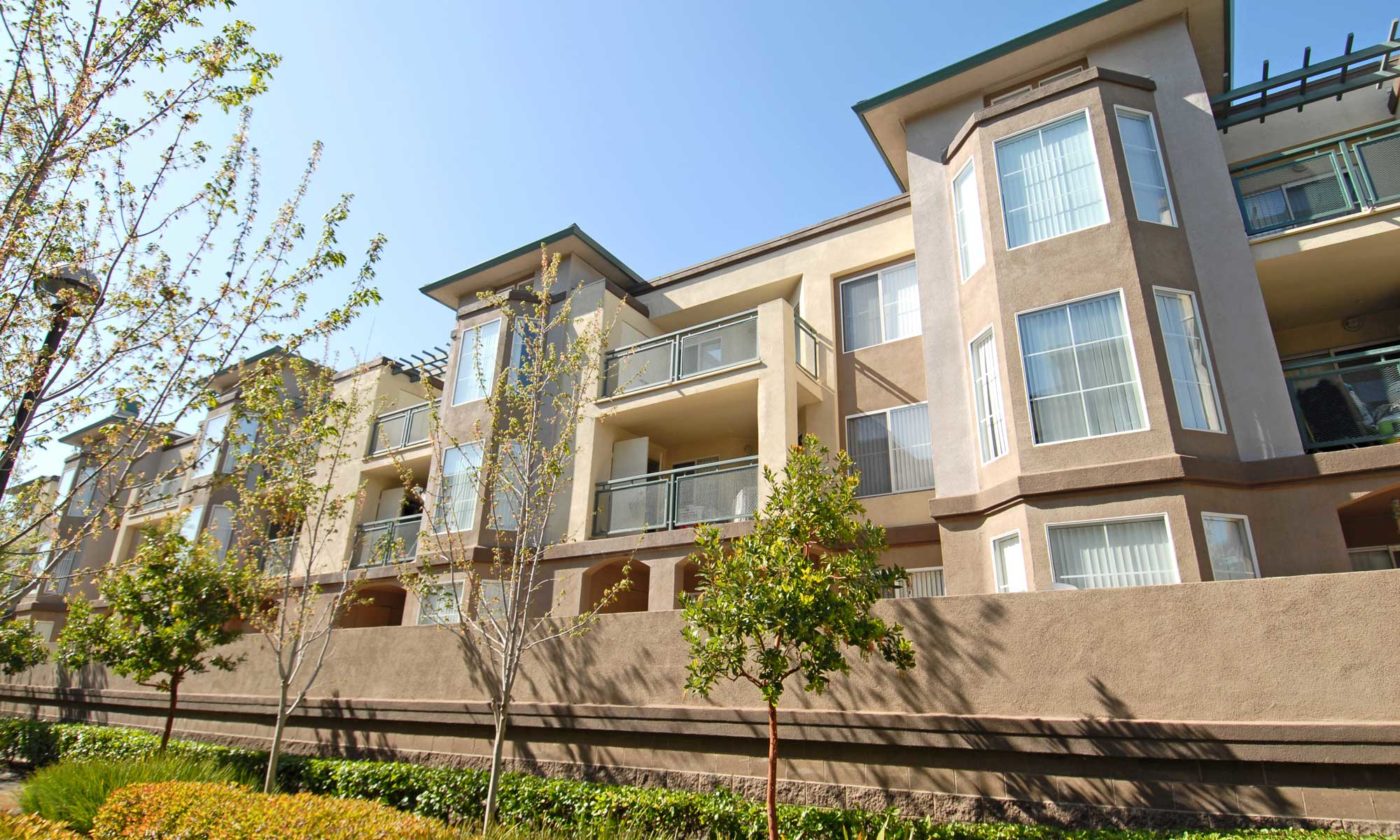SV@Home Deputy Director Michael Lane explains why Bay Area rents are starting to stall. Could renters soon see relief from sky high prices? Find out more in the Mercury News article below:
Bay Area rents are starting to stall.
According to the latest report from Rent Cafe, an apartment search site, just three out of 44 cities in the region saw month-over-month growth of more than one percent. All are located in the East Bay. In Oakland, rents rose 1.9 percent to $2,854 this summer, and rents are now above $2,000 in Pleasant Hill and San Leandro.
Still, according to Rent Cafe, nationally July showed the slowest month-over-month increase since February.
“There’s a lot of uncertainty right now about where this is all going,” said Michael Lane, deputy director of affordable housing advocacy organization SV@Home.
But even flattening out, rents in the Bay Area are among the highest in the nation. In San Jose, where prices are hovering at about $2,800, renters moving into an apartment this summer are paying about $53 more on average compared to the same time last year, according to the report. In San Francisco, where rents clocked in around $3,700 in July, residents are paying $126 more than in the previous year.
Two Bay Area cities — both in the North Bay — actually saw rents drop over the last year. In Santa Rosa and Rohnert Park, where rents come in sightly below $2,000, rents have fallen by $32 and $13 respectively.
In Menlo Park, home to Facebook, and Foster City, rents are growing relatively quickly. In Menlo Park, rent this summer is about $4,389, up $379 since last year. In Foster City, rent is $3,552, up $242. Looking for someplace cheaper? The report pegs Vallejo as the city with the cheapest rents.
Locally, Lane said, high-end rentals remain competitive among wealthy tenants, and the high cost of construction makes those projects most appealing for developers. Families with lower incomes, he said, are finding themselves priced out and fleeing for different job markets where the cost of living is lower.
Nationally, according to Rent Cafe, rents in July were up just 0.2 percent, or $3, month-over-month, but 3.4 percent, or $48, year over year. Across the country, the average rent last month was $1,469. That’s up nearly 10 percent from three years ago, when the average rent nationally was $1,346. In the San Jose metro area, rents have gone up about 7 percent in the last several years.
In many cases, rent increases have outpaced salaries, even for tech workers. And while some cities, such as Oakland, already have rent control laws, many do not. A state bill from Assemblyman David Chiu (D-San Francisco) would prevent many landlords in the state from hiking rents more than 10 percent a year.
According to a report from UC Berkeley’s Terner Center for Housing Innovation, rent control could help millions of people stay in their homes in an area that has struggled with a growing homelessness problem. But it also cautioned that the bill’s proponents will need to address whether rent caps could hurt the production of new housing and whether they would prompt landlords to raise rents more than the market might support.
“A broader set of policies that target production and preservation — from streamlining the permitting and approval process for new construction to curbing construction costs to improving and expanding financing mechanisms — are also critical to ensure that the crisis doesn’t continue to worsen,” reads the Terner Center report.
Lane doesn’t think that a softening in the rental market will hurt the rent control proposal.
“The market is still not meeting the need,” Lane said.
The Rent Cafe report cites data from Rent Cafe’s sister company Yardi Matrix, which collected information from market-rate multifamily properties via telephone survey.

